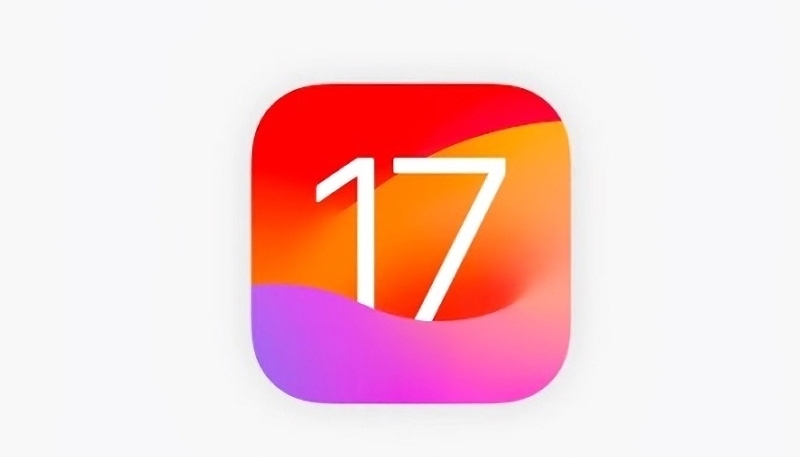You may have installed Apple’s new iOS 17 or iPadOS 17 betas on your iPhone and iPad, only to find that while both mobile operating systems boast some great new features, they’re still a little buggy to be using on your daily driver device. Early betas are known for poor battery life, apps that don’t work correctly or simp-ly don’t work, device crashes, and more.
Luckily, you can downgrade your device back to iOS 16 or iPadOS 16, allowing you to wait until a few more betas are released to get rid of some of the bugs.
Before we get started, please be warned that if you have installed the watchOS 10 beta on your Apple Watch, you will not be able to use it with your iOS 16-powered iPhone. Short of sending your Apple Watch to Apple, there is no way to downgrade to a previous version of watchOS. Also, make sure you have a backup of your device from when it ran iOS 16 or iPad OS 16.
How to Downgrade from the iOS 17 Beta or iPadOS 17 Beta
- Launch Finder on your Mac. (Use iTunes if you have a Windows PC.)
- Connect your iPhone or iPad to your computer by using a Lightning cable.
- Put your device into recovery mode. The method of doing this depends on your device, so check the list below these steps to find your model.
On iPhone XS or later: Press and quickly release the Volume Up button and then do the same with the Volume Down button. Then, press and hold the Side button until you see the recovery mode screen.
On iPad models with Face ID: Press and quickly release the Volume Up button and then do the same with the Volume Down button. Then, press and hold the Top button until the device goes into recovery mode.
For more information on Recovery mode read this support article.
- A dialog will pop up on your computer asking if you want to restore your device. Click Restore to wipe the device and automatically install the current public release of iOS or iPadOS.
- Wait while the restore process completes.
Once you’ve downgraded back to iOS 16 or iPadOS 16, you can restore a backup of your device from iOS 16 or iPadOS 16 using your Mac, Windows PC, or iCloud.


